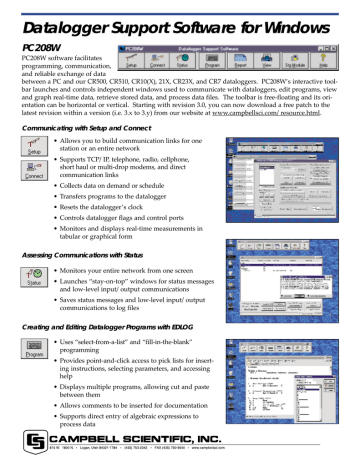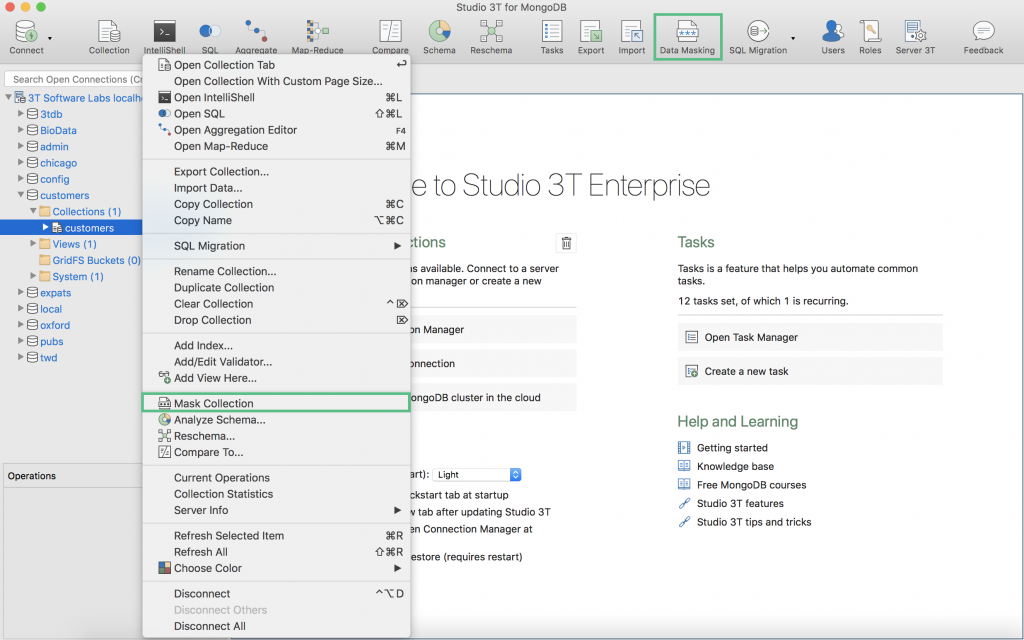
The table at the bottom of the profile tool will now be extended to show not only the elevation of the current point, but also the gradient with respect to the fixed black measuring point.

Move the mouse to the starting point, right-click, and select Measure gradient from here from the context menu. You can ask the profile tool to display the gradient of the profile between two given points. To go back to the dynamic display of elevation data, right-click again anywhere in the profile tool and select Unfreeze position. You can ask the profile tool to hold a given position by moving your mouse to the point of interest, right-clicking, and selecting Freeze position here from the context menu. When you wish to copy and paste this data, or if you wish to make a screen shot, this is inconvenient. The elevation data displayed by the profile tool continuously follows the mouse position, so that you can quickly find points of interest. One of the models is a terrain-only model whereas the other model has had building footprints added, and the profile clearly shows the difference in elevation. The profile tool is used to query the elevation of two terrain models. Enable the uniform scale at the top of the graph. The scales differs in the Y-axis: The default scale has a Y-axis a little higher and lower than the elevation in the profile. There are two different ways to view the profile, either by default scale or uniform scale. At the same time, a dot will move along the path on the map and correspond to where your mouse is on the graph. Note: when you are moving your mouse along the graph, the exact coordinates and elevation will be displayed underneath the graph. By default you will get Excel spreadsheet file, but you can change the format in the account dashboard.
#Data toolbar documentation download#
You can download the data by selecting the download button in the top bar.You can use the plus/minus buttons on the top to adjust the size of the profile window.You can use the scroll-wheel on your mouse to zoom.


Select an elevation layer in the dock.Click and pull anywhere on path to adjust its location.The info box continuously shows the length of the path. You can insert vertices by single-clicking. Click on the map and draw a path where you want to view a cross section.The profile tool is used to study the elevation of cross sections of the terrain across multiple DEMs. If you want to know more about the information provided by Point Query, view the Point Info sections by the individual layers and analyses. An Info box in the bottom right corner provides information about the layers you have selected.Click on the location you want to query.Choose the layers and analyses you want to extract information from.If there is no enabled analysis or layer, the Info box will only show the coordinates of the chosen point (you can change the coordinate system under User in the toolbar). Point Query obtains information about the data of the enabled layers or analyses. Use the blue + and - buttons in the top right corner of the map.Hold shift and draw the area you want to zoom by pressing the left button of the mouse.Double-click where you want to zoom on the map.Whenever you disable another tool, the zoom tool will be activated. Zoom is the default tool that eases your movement across the map. Read more about the information boxes by each tool. The information boxes may either be a graph and/or Point Info. Disable the tool by closing the information boxes that are activated by the particular tool.Select the particular tool, and click on the map to view the function of the tool at a specific point.The tool you are actively using is colored blue in the toolbar.

You can extract information from several tools at the same time by keeping the respective information boxes open. The toolbar displays all the available tools in SCALGO live.


 0 kommentar(er)
0 kommentar(er)
